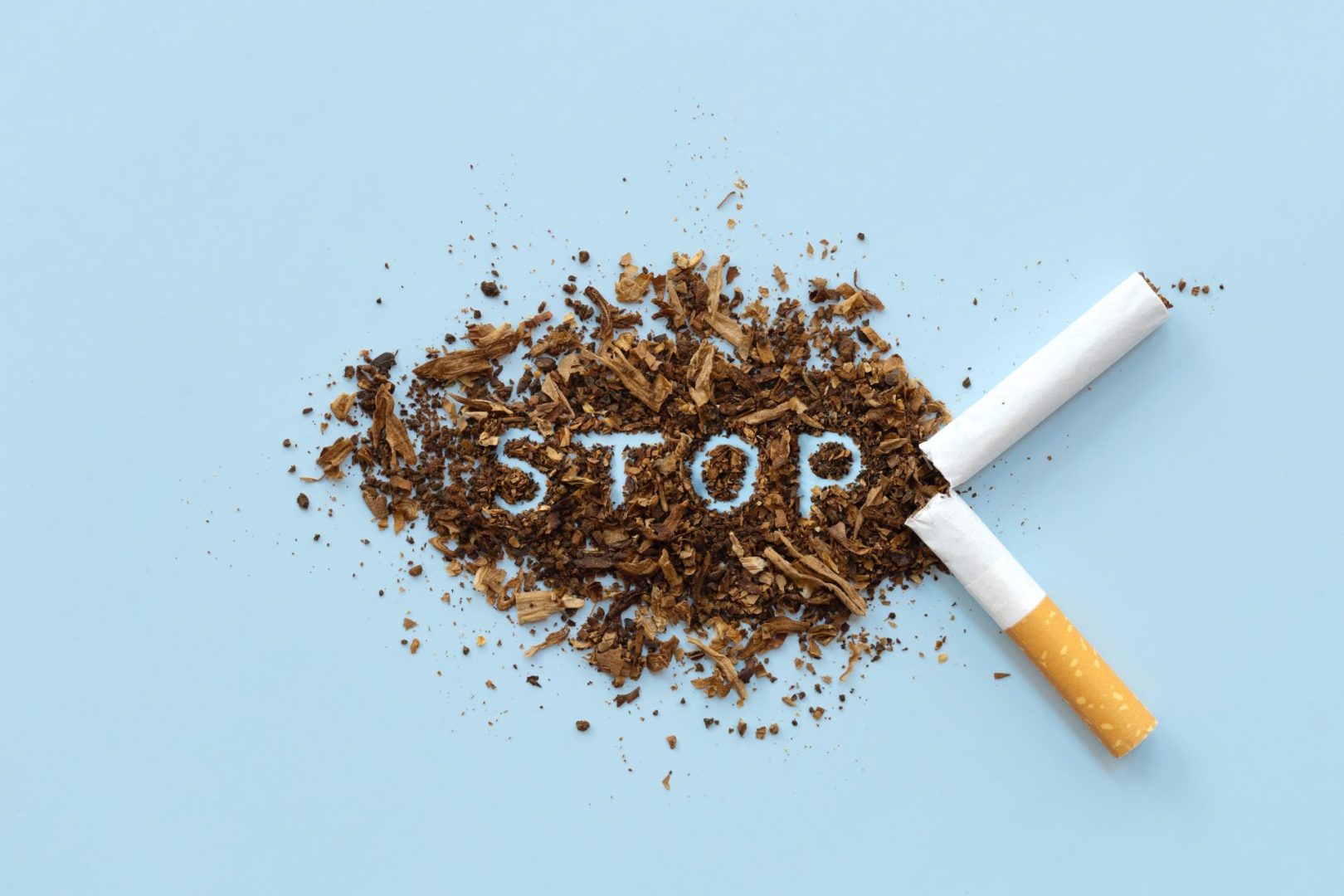Breaking free from cigarettes doesn’t require willpower alone. The human brain possesses remarkable plasticity that allows for complete rewiring of smoking associations, transforming a deeply ingrained habit into genuine aversion in just ten days.
This method leverages cutting-edge understanding of neuroplasticity to create new neural pathways while weakening the old ones that drive smoking behavior. Rather than fighting cravings through sheer determination, this approach reprograms the brain to naturally reject cigarettes.
The ten-day timeline works because neural pathways begin changing within hours of new behavioral patterns, with significant restructuring occurring within the first week. By day ten, new associations become strong enough to override previous smoking triggers permanently.
Understanding how smoking addiction works in the brain provides the foundation for this rewiring process. Nicotine creates powerful neural connections that link smoking with pleasure, stress relief, and routine activities. These connections can be systematically dismantled and replaced with new, healthier associations.
Days 1-2: Neural pathway disruption
The first phase focuses on interrupting existing smoking patterns to begin weakening established neural connections. Every time the brain expects a cigarette but doesn’t receive one, the associated pathways weaken slightly.
Timing disruption becomes crucial during these initial days. If smoking typically occurs after meals, during breaks, or while driving, these exact moments become opportunities for brain rewiring. Instead of lighting up, specific alternative activities create new neural patterns.
- Physical movement immediately replaces the smoking action. When the urge arises, ten jumping jacks or a brisk walk around the block creates new neural connections while providing the physical release the body craves.
- Deep breathing exercises simulate the deep inhalation associated with smoking while delivering actual benefits. Four counts in, hold for four, exhale for eight creates a replacement pattern that satisfies the breathing ritual.
- Sensory substitution replaces the hand-to-mouth action with healthier alternatives. Carrot sticks, toothpicks, or stress balls provide tactile stimulation while the brain begins forming new associations.
Visualization exercises during these first two days help accelerate the rewiring process. Spending five minutes morning and evening imagining cigarettes as poison, visualizing tar coating the lungs, or picturing the smell as revolting begins shifting subconscious associations.
Days 3-4: Positive association building
The second phase introduces powerful positive associations to replace the perceived benefits of smoking. The brain needs compelling reasons to maintain new behaviors, making this phase crucial for long-term success.
Creating strong emotional connections to non-smoking benefits helps cement new neural pathways. Visualizing improved breathing, enhanced taste and smell, financial savings, and pride in accomplishment provides positive reinforcement that strengthens healthy choices.
Environmental modifications during this phase support brain rewiring by removing visual and sensory triggers. Eliminating ashtrays, lighters, and cigarette odors from living spaces helps prevent automatic neural firing of smoking pathways.
Reward system implementation becomes essential during days three and four. The brain needs replacement pleasure signals to maintain motivation. Small treats, activities, or purchases funded by cigarette money create positive associations with non-smoking behavior.
Sleep quality often improves during this phase as nicotine withdrawal symptoms begin subsiding. Better rest supports neural plasticity and makes brain rewiring more efficient. Establishing consistent sleep schedules during this time enhances the overall process.
Days 5-6: Trigger transformation
The middle phase addresses specific triggers that previously initiated smoking behavior. These triggers can be completely reprogrammed to initiate healthy behaviors instead of cigarette cravings.
Stress response rewiring becomes particularly important since many smokers use cigarettes for stress management. Alternative stress relief techniques practiced during trigger moments create new neural pathways that eventually become automatic responses.
Social situation navigation requires specific strategies since many smoking triggers occur in social contexts. Identifying social smoking triggers and preparing alternative responses helps maintain progress while preserving relationships.
Work break restructuring helps address one of the most common smoking triggers. Replacing cigarette breaks with short walks, healthy snacks, or brief meditation sessions creates new associations with break time.
Meal-related triggers often prove challenging since the digestive process can increase nicotine cravings. Having specific post-meal activities planned helps override these biological triggers while creating new, healthier patterns.
Days 7-8: Identity reinforcement
The brain begins solidifying new self-identity during this phase, shifting from “smoker trying to quit” to “non-smoker.” This identity change proves crucial for permanent transformation since behavior typically aligns with self-perception.
Internal dialogue modification becomes essential during days seven and eight. Replacing thoughts like “I can’t smoke” with “I don’t smoke” helps cement the new identity. This subtle language change has profound effects on neural programming.
Confidence building through small victories reinforces the new non-smoker identity. Celebrating each day without cigarettes, noticing improved breathing, or receiving compliments on reduced cigarette odor strengthens positive associations.
Future visualization exercises help the brain embrace long-term non-smoking identity. Imagining yourself one year, five years, or ten years from now as a healthy non-smoker creates neural pathways that support permanent change.
Physical changes become noticeable during this phase, providing tangible evidence of transformation. Improved circulation, better sleep, enhanced taste, and increased energy create positive feedback loops that reinforce new neural patterns.
Days 9-10: Pathway solidification
The final phase focuses on strengthening new neural pathways while ensuring old smoking associations remain weakened. This solidification process determines long-term success rates.
Habit stacking becomes important during the final days. Linking new healthy behaviors to existing strong habits helps ensure consistency. For example, connecting morning breathing exercises to coffee preparation creates automatic behavioral chains.
Contingency planning prepares the brain for potential challenging situations. Having specific responses planned for high-risk scenarios helps maintain new neural pathways even under stress or pressure.
Community connection often provides additional reinforcement during this final phase. Sharing progress with supportive friends or family members creates external accountability while reinforcing the new non-smoker identity.
Reflection exercises help consolidate the transformation by acknowledging progress and visualizing continued success. Journaling about positive changes, challenges overcome, and future goals strengthens commitment to the new lifestyle.
Neuroplasticity enhancement techniques
Several daily practices throughout the ten days enhance the brain’s ability to form new neural pathways while eliminating old ones. These techniques accelerate the rewiring process and improve success rates.
Exercise increases brain-derived neurotrophic factor, which supports neural plasticity and makes rewiring more efficient. Even moderate daily activity enhances the brain’s ability to form new connections while reducing stress and anxiety.
Meditation practices help observe thoughts and cravings without automatically responding to them. This mindful awareness weakens automatic behavioral responses while strengthening conscious choice-making abilities.
Hydration plays a crucial role in brain function and neural plasticity. Proper water intake supports optimal brain chemistry while helping flush nicotine and related toxins from the system more quickly.
Nutrition impacts neurotransmitter production and brain health. Foods rich in omega-3 fatty acids, antioxidants, and B vitamins support neural plasticity while helping stabilize mood during the transition period.
Craving management strategies
Understanding that cravings are temporary neural events helps reduce their power and impact. Each craving typically lasts only 3-5 minutes, making them manageable when approached with proper techniques.
The surf technique involves observing cravings like ocean waves that rise, peak, and naturally subside without requiring action. This passive observation weakens the neural pathways that connect cravings to smoking behavior.
Distraction techniques redirect neural activity away from smoking thoughts toward engaging activities. Complex mental tasks, physical activities, or creative pursuits effectively interrupt craving cycles.
Positive self-talk during cravings helps reinforce new identity and motivation. Reminding yourself of reasons for quitting, progress made, and benefits gained strengthens neural pathways supporting non-smoking behavior.
Environmental optimization
Physical environment modifications support brain rewiring by eliminating triggers and creating positive associations. These changes work subconsciously to reinforce new neural patterns.
Scent elimination removes powerful olfactory triggers that can instantly activate smoking neural pathways. Deep cleaning, air purifiers, and fresh scents help create a non-smoking environment that supports new associations.
Visual cue removal eliminates objects and images associated with smoking. Removing cigarette-related items, changing smoking locations, and adding healthy visual reminders supports the transformation process.
Temperature and lighting adjustments can help disrupt environmental triggers associated with smoking. Creating comfortable, well-lit spaces reduces stress while supporting positive mood states.
Social dynamics management
Relationships and social situations often provide the strongest smoking triggers, requiring specific strategies to maintain progress while preserving important connections.
Communication strategies help explain the transformation process to friends and family members who may not understand the approach. Clear explanation of goals and methods often generates support rather than resistance.
Boundary setting becomes necessary with individuals who continue smoking or pressure others to smoke. Protecting new neural pathways requires temporary or permanent changes in some social dynamics.
New social activities help create positive associations with non-smoking social interactions. Exploring smoke-free venues, activities, and friendships supports long-term success while expanding social circles.
Long-term maintenance principles
Success beyond the initial ten days requires understanding how to maintain and strengthen new neural pathways while preventing regression to old patterns.
Continued reinforcement through daily practices helps maintain strong neural connections supporting non-smoking behavior. Brief daily affirmations, visualization, or gratitude practices keep positive associations active.
Stress management remains crucial since stress can reactivate old neural pathways if not properly managed. Developing robust stress-handling techniques prevents regression during challenging periods.
Regular progress acknowledgment helps maintain motivation and identity as a non-smoker. Celebrating milestones, tracking health improvements, and recognizing financial savings reinforces positive neural patterns.
The ten-day brain rewiring method offers hope for permanent smoking cessation through natural neuroplasticity rather than medication or willpower alone. By understanding and working with the brain’s natural ability to change, smokers can transform their relationship with cigarettes from addiction to genuine aversion. This approach creates lasting change by addressing the root neural patterns that drive smoking behavior, offering freedom that extends far beyond the initial ten-day period.















